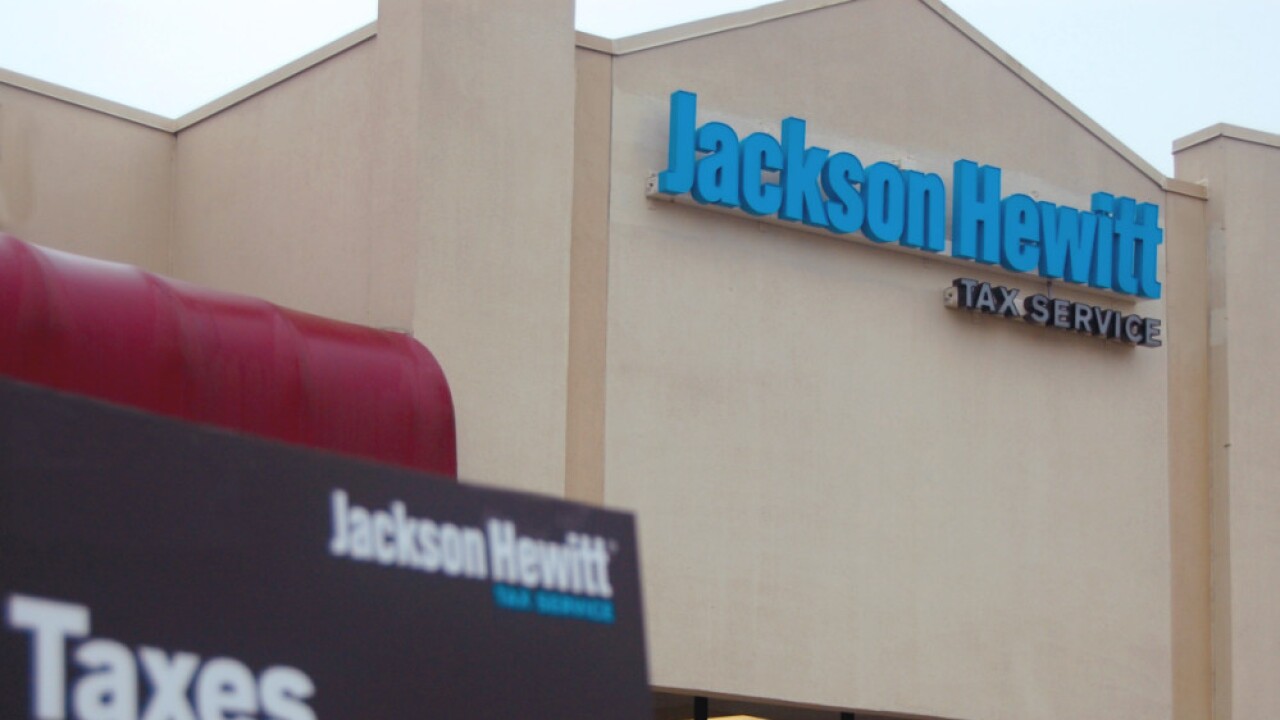Private sector employment increased by a relatively sparse 129,000 jobs in March, according to payroll giant ADP, amplifying concerns about hiring after a disappointing jobs report a month ago from the federal government.
ADP reported Wednesday that small businesses added only 6,000 jobs last month. The number of jobs at the smallest businesses with only one to 19 employees actually fell by 9,000, but that was offset by a gain of approximately 14,000 jobs at small businesses with 20 to 49 employees. Midsized businesses with between 50 and 499 employees added 63,000 jobs in March. Large businesses added 60,000 jobs, including 15,000 at companies with between 500 and 999 employees, and 45,000 at companies with 1,000 employees or more.
The service-providing sector added 135,000 jobs, including 41,000 in professional and business services such as accounting, tax preparations and other types of professional services. The goods-producing sector, however, actually subtracted 6,000 jobs over the course of the month, mainly in manufacturing and construction. Franchise jobs increased by 4,000.
“March posted the slowest employment increase in 18 months,” said Ahu Yildirmaz, vice president and co-head of the ADP Research Institute, in a statement. “Although some service sectors showed continued strength, we saw weakness in the goods-producing sector.”
It was a disappointing report, according to Mark Zandi, chief economist at Moody’s Analytics, which compiles the monthly
The fiscal stimulus has faded after the tax cuts that were passed at the end of 2017. “We’re going back to the level of growth pre tax cuts,” said Zandi.
He hasn’t seen any major impact from the Tax Cuts and Jobs Act on hiring this year. “The thinking was that the cut in the corporate tax rate would lower the cost of investment, and you would see more investment, more productivity and more growth, but of course that would play out over a long period of time, and in all fairness the tax cut is only a little over a year old,” said Zandi. “Having said that, it clearly isn’t a game changer. It’s not like this is going to provide a huge boost to investment. Otherwise, I think you probably would have seen something in the data since the tax cut and you really don’t. New orders for capital goods is a very good measure for business investment, and it really hasn’t gone anywhere since the summer. There’s been some pickup in spending on intellectual property, but that may simply be U.S. companies transferring the domicile of IP from overseas back here to the U.S. because of the change in the taxation of IP, which makes it more attractive to put it back into the United States, not that it has any meaningful economic impact. It’s more of an accounting change, but we’ve seen some of that. But at least so far, a year or so after the tax cut, it’s hard to argue that it’s had any meaningful impact on investment, but again it’s early days. We’ll have to see.”
The report contradicts earlier forecasts from ADP for strong job gains this year, but Zandi noted the data is consistent with other economic indicators released recently, such as increases in inventory, flat retail sales, and slowdowns in orders for durable goods, the housing market, trade, and even government spending. The slowdown is also consistent with slowing economic growth in other parts of the world as well, including Southeast Asia, he noted.
“The slowdown has been broader based and more substantial than I would have thought,” said Zandi.
President Trump’s threat to close the U.S.-Mexico border is likely to have a negative impact on hiring if he makes good on his threat, although he has softened his stance this week and signaled that he might still allow some trade to go through the border.
“It would have a material impact,” said Zandi. “I haven’t actually worked through the numbers, but if you look at the statistics around the kind of economic activity that runs through the border between the U.S. and Mexico, it’s quite significant. There’s 15 million people working along the border, about half on either side, north or south of the border. Roughly $500 billion in product is shipped back and forth over the year; that’s $1.5 to $2 billion per day. U.S. manufacturers have supply chains that run deep into Mexico and back into the United States. That would be significantly disrupted. A lot of consumer goods would face higher prices because they come in across the border, so there’s lots of reasons to believe it would be highly disruptive, and that’s just the arithmetic of it. That’s not considering the effects it would have on sentiment. I think business confidence is incredibly fragile, and shutting down the border would probably send businesses to the bunker. That’s the kind of thing that would send the economy into recession.”





